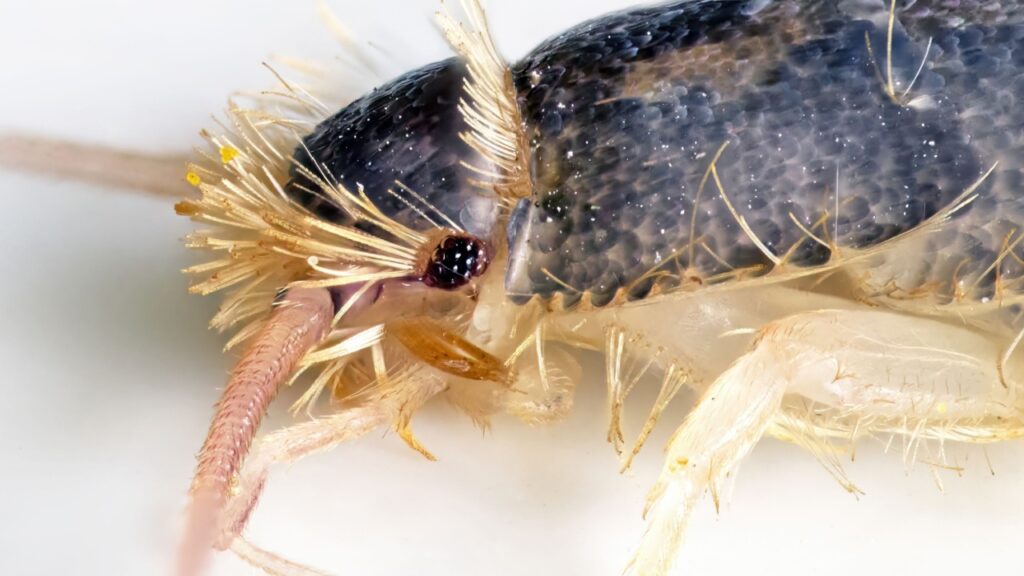British homes are cozy havens, not just for us but also for a variety of tiny, uninvited guests. From the kitchen to the attic, these insects find ways to sneak in and make themselves at home. Let’s explore 15 common insects that might be sharing your living space right now.
Silverfish
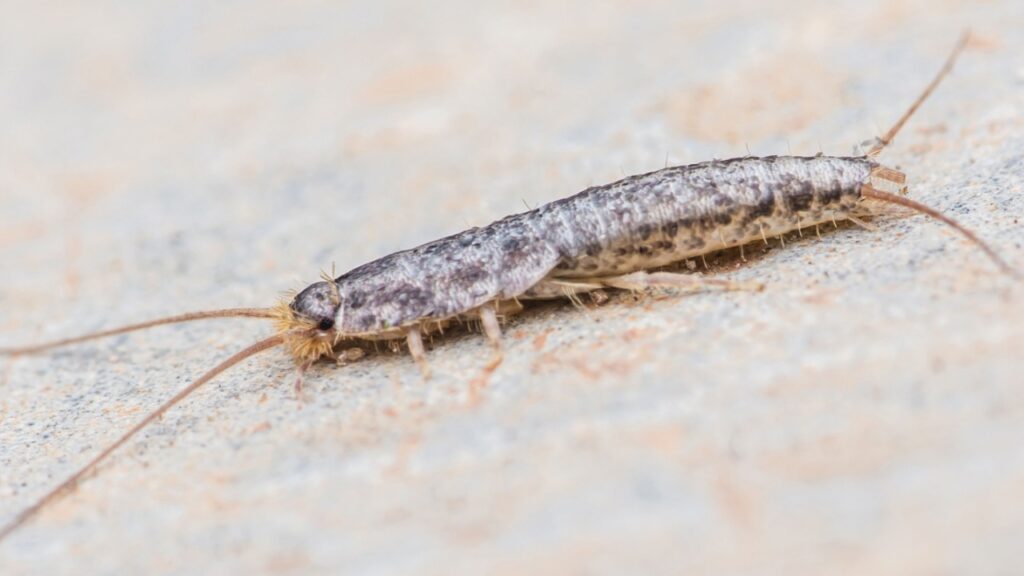
Silverfish are tiny, silver-grey insects that love damp places. You’ll often find them in bathrooms or basements. They have a fish-like shape and move quickly when disturbed. Silverfish eat things like paper, glue, and even the starch in your clothes. They’re harmless to humans but can damage books and wallpaper. They’re fascinating, but I have to admit, they do give me the creeps.
Daddy Long Legs
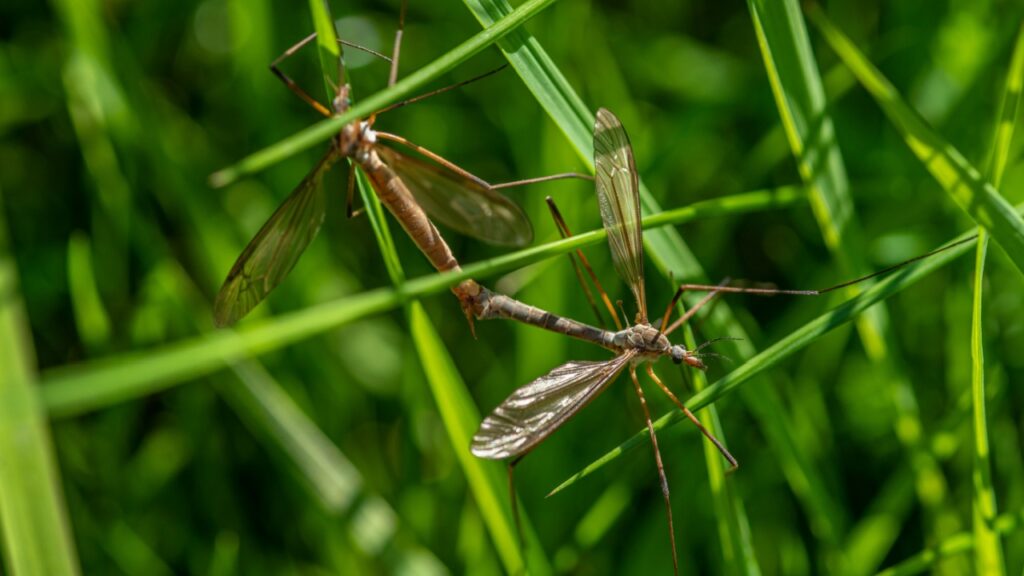
Daddy Long Legs, also known as crane flies, are those gangly insects that seem to bumble around your lights. They have very long legs and small bodies. Despite looking like giant mosquitoes, they don’t bite or sting. Daddy Long Legs are clumsy fliers and often end up trapped indoors, especially in autumn.
Carpet Beetles
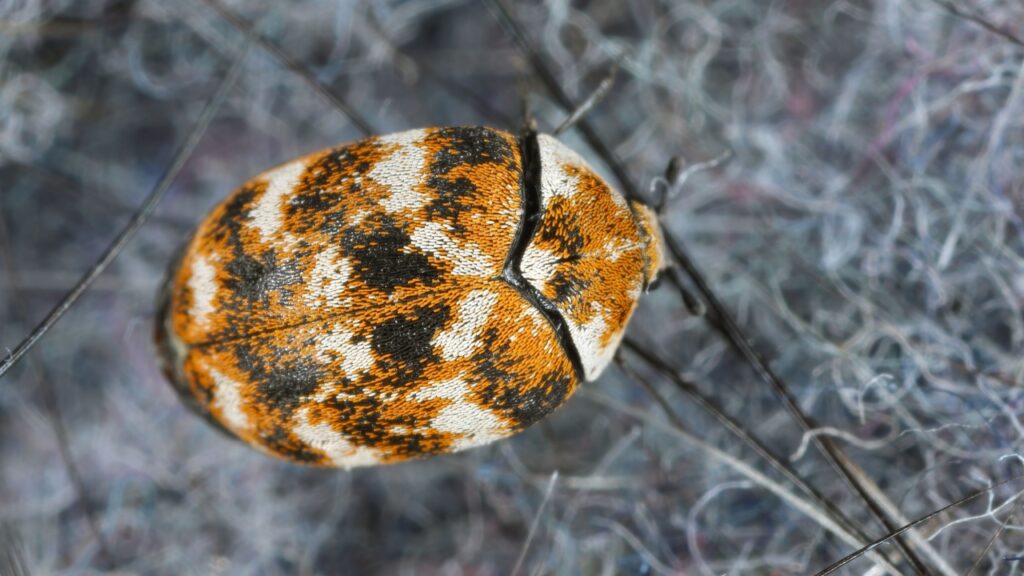
Carpet beetles are tiny oval-shaped insects that can be a real nuisance. The adults feed on pollen, but it’s their larvae that cause problems indoors. These fuzzy little grubs eat natural fibers like wool, silk, and cotton. They can damage carpets, clothes, and upholstery if left unchecked.
Clothes Moths
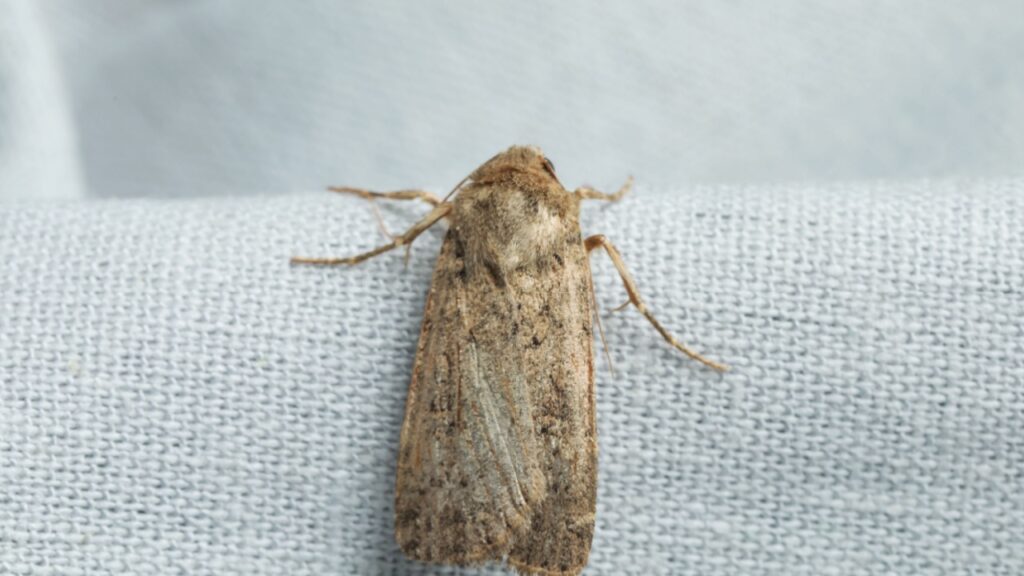
Clothes moths are small, beige moths that can wreak havoc on your wardrobe. It’s actually their larvae that do the damage, munching on natural fibers like wool and silk. These sneaky pests often hide in dark closets or drawers. You might not notice them until you find holes in your favorite sweater.
Woodlice
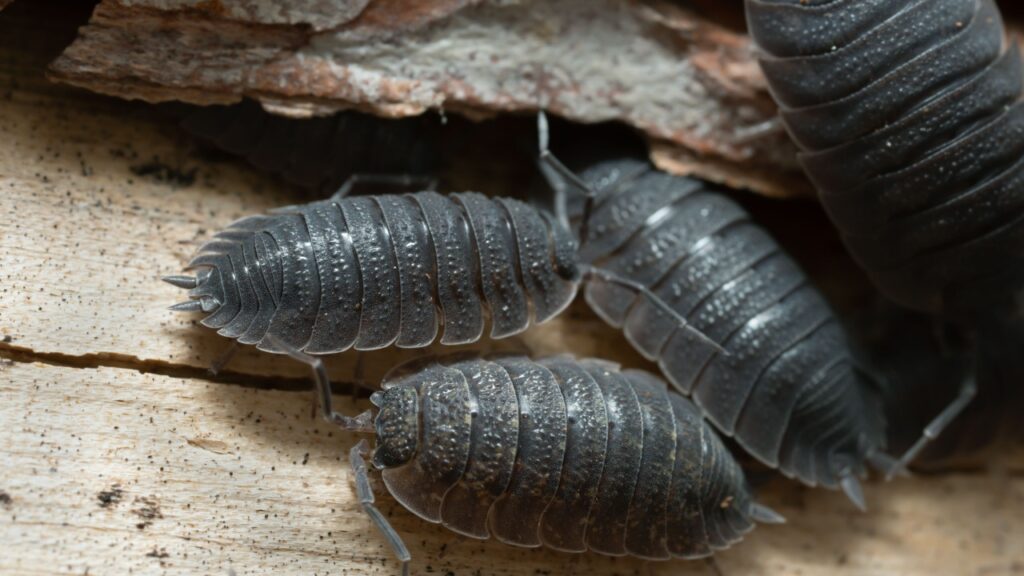
Woodlice, also called pillbugs or roly-polies, are small crustaceans that sometimes wander into homes. They’re usually grey or brown and roll into a ball when threatened. Woodlice prefer damp environments and are often found in basements or under flowerpots. They’re harmless to humans and actually help break down decaying plant matter.
Earwigs
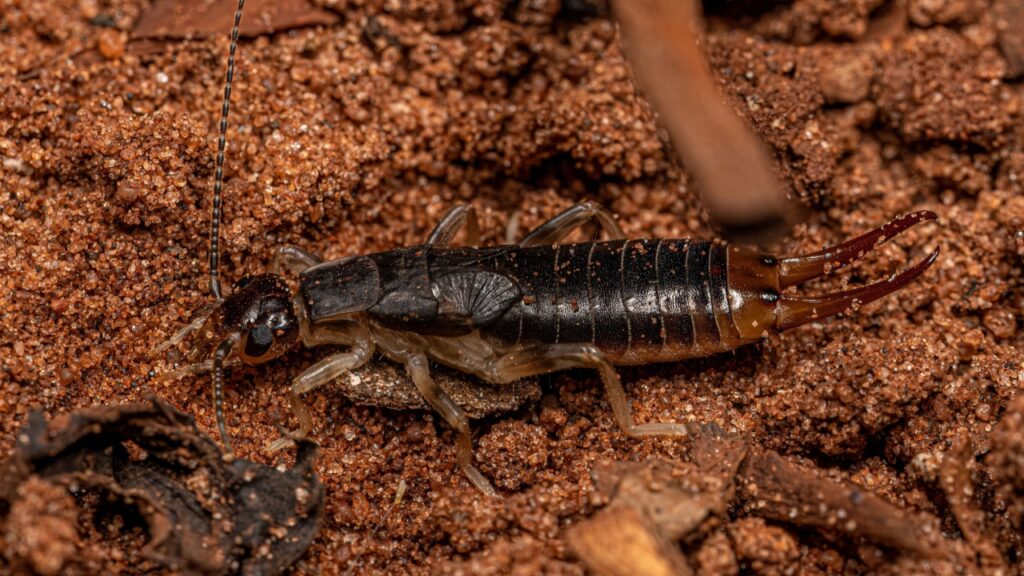
Earwigs are easily recognized by their pincers at the end of their bodies. These nocturnal insects sometimes find their way indoors, especially in damp areas. Despite old myths, they won’t crawl into your ears! Although I was utterly convinced they’d get in my ears and eat my brain when I was a little kid. Earwigs are actually beneficial in gardens, eating aphids and other pests.
Fruit Flies

Fruit flies are tiny flies that seem to appear out of nowhere, especially around ripe fruit or vegetables. They have red eyes and tan bodies. Fruit flies can reproduce quickly, turning a few flies into a swarm in no time. They’re attracted to fermenting fruits and vegetables, as well as drains and garbage bins.
Ants
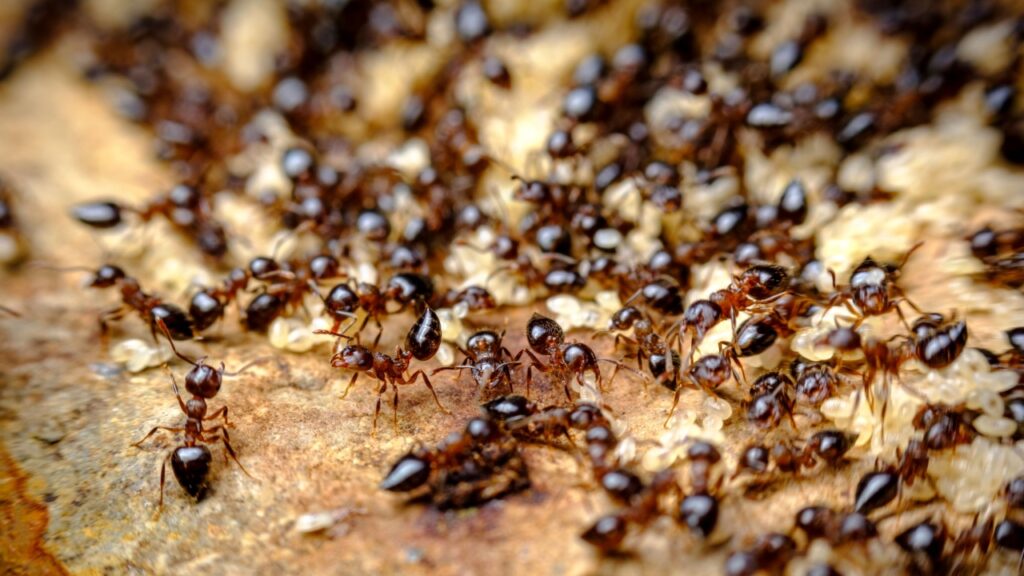
Ants are social insects that sometimes decide to extend their colony into our homes. They’re usually on the hunt for food, especially sweet or greasy items. Once ants find a food source, they leave a scent trail for others to follow. This is why you often see them marching in a line across your kitchen floor.
Ladybirds
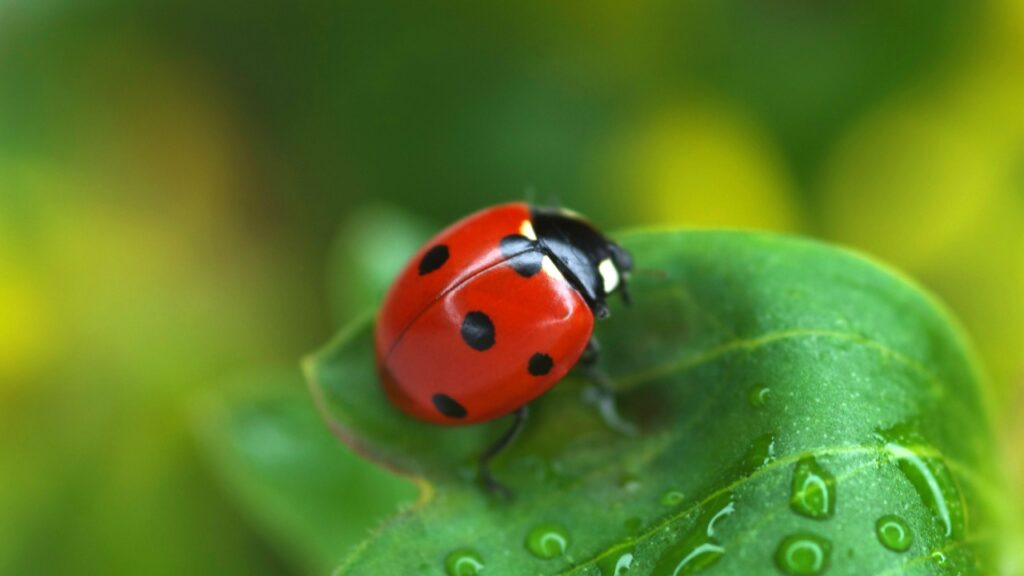
Ladybirds, or ladybugs, are beloved garden insects that sometimes come indoors for warmth. They’re easily recognized by their bright red color and black spots. While they’re great for controlling aphids in the garden, large numbers indoors can be a nuisance. Some ladybirds can leave stains on walls or furniture.
Bluebottles
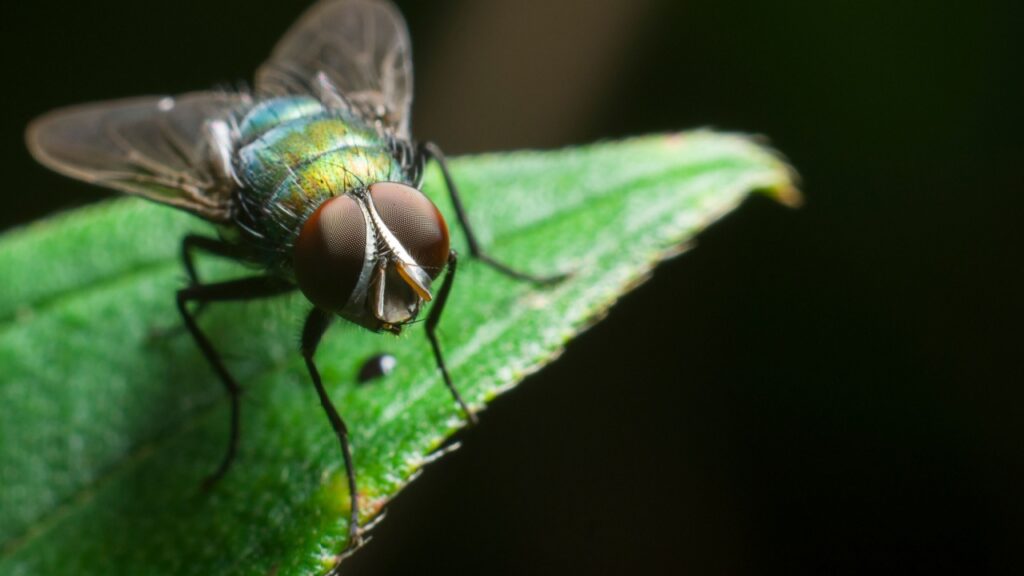
Bluebottles, or blow flies, are large flies with a metallic blue body. They’re attracted to light and often buzz around windows trying to get outside. Bluebottles are drawn to decaying matter and can sometimes lay eggs in food. While they’re not harmful, their presence can be annoying and unsanitary.
Wasps
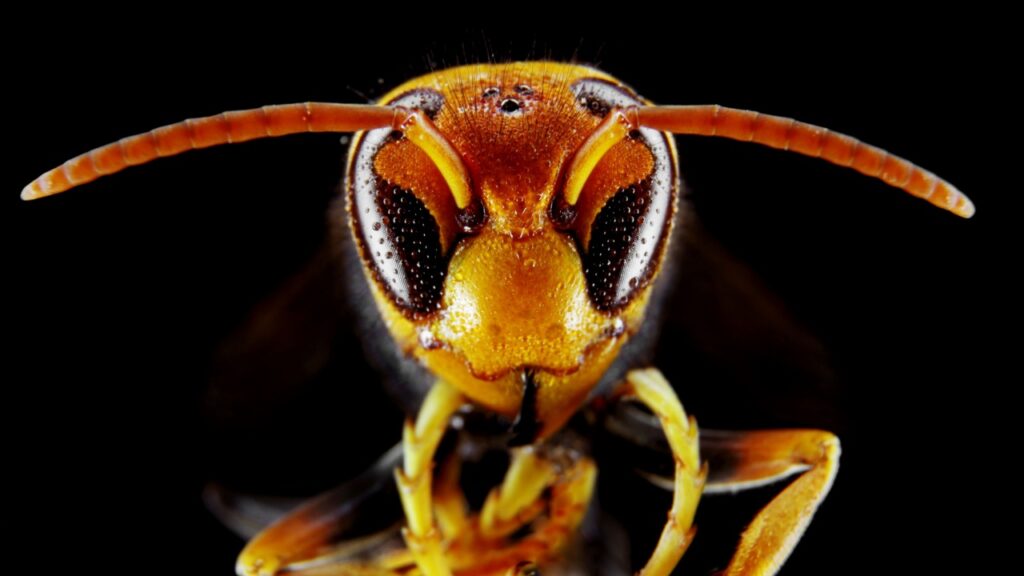
Wasps can be unwelcome visitors, especially in late summer. They’re attracted to sweet foods and drinks, making picnics and barbecues their favorite events. Unlike bees, wasps can sting multiple times. They sometimes build nests in lofts, sheds, or even wall cavities of houses.
Bed Bugs
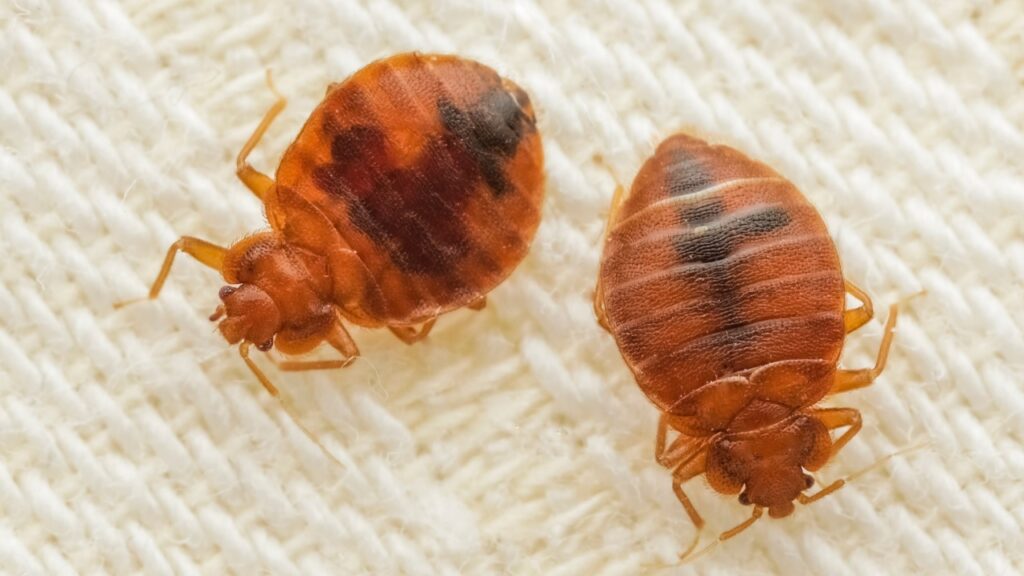
Yes, these little beasties are in the UK, and they’re surprisingly widespread. Bed bugs are small, flat insects that feed on blood. They’re excellent hitchhikers, often traveling in luggage or second-hand furniture. Bed bugs hide in mattresses, bed frames, and other furniture during the day and come out at night to feed. While they don’t spread diseases, their bites can be itchy and annoying.
Cockroaches
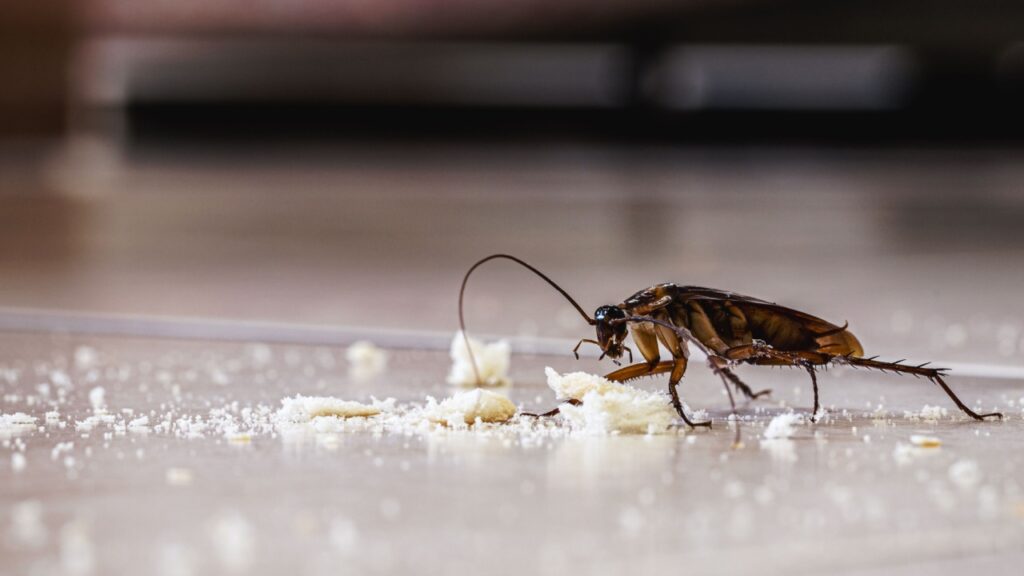
Cockroaches are one of the least welcome home invaders, and they’re all over the UK, although are a more serious problem in large towns and cities. They’re nocturnal insects that scurry away when lights are turned on. Cockroaches can spread bacteria and trigger allergies in some people. They’re attracted to food scraps and damp areas, often hiding in cracks and crevices during the day.
Book Lice

Book lice, despite their name, aren’t actually lice at all. They’re tiny insects that feed on mold and fungi. You might find them in damp books or wallpaper. While they don’t bite or cause direct damage, their presence can indicate moisture problems in your home. Book lice are so small they often go unnoticed until there are many of them.
Indian Meal Moths
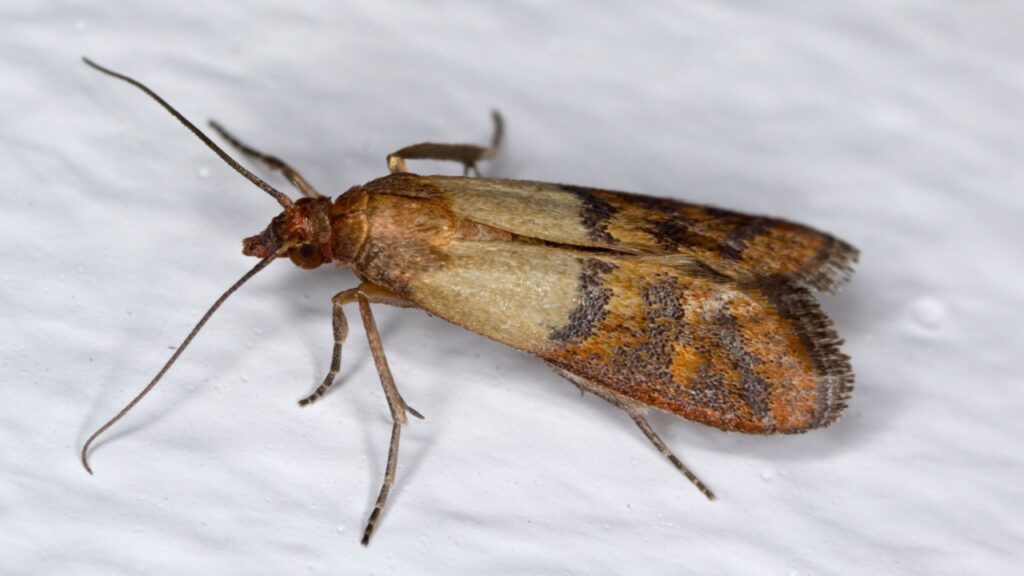
Indian meal moths are frequent unwelcome guests in British kitchens and pantries. These small moths have distinctive two-toned wings: reddish-brown at the tips and pale grey near the body. They’re often spotted fluttering around food storage areas, especially at night. The adult moths don’t cause direct damage, but their larvae are the real troublemakers. These tiny caterpillars infest dry goods like cereals, nuts, and pet food, leaving behind silky webbing and fecal matter. If you notice these moths in your home, it’s time to check your food supplies carefully.
Becky is a fervent wildlife enthusiast and pet care expert with a diploma in canine nutrition. Her love for animals stretches beyond the domestic, embracing the wild tapestry of global fauna. With over a decade of experience in animal welfare, Becky lends her expertise to OutlandishOwl through insightful articles, captivating wildlife information, and invaluable guidance on pet nutrition. Her work embodies a deep commitment to understanding the intricate lives of animals and a passion for educating others on sustaining natural habitats. Becky's hands-on conservation efforts and her knack for translating complex dietary science into practical pet feeding tips make her an indispensable voice for creatures great and small.

